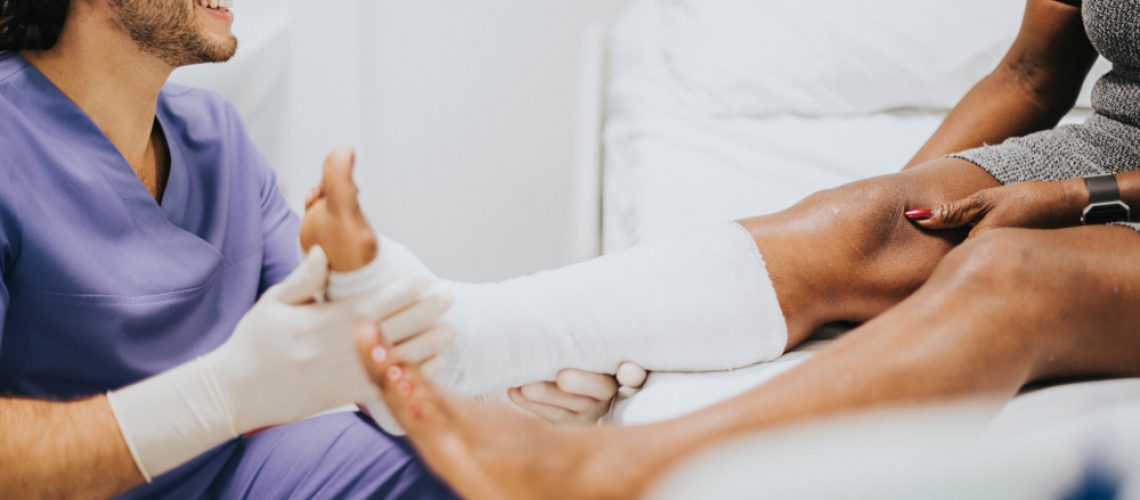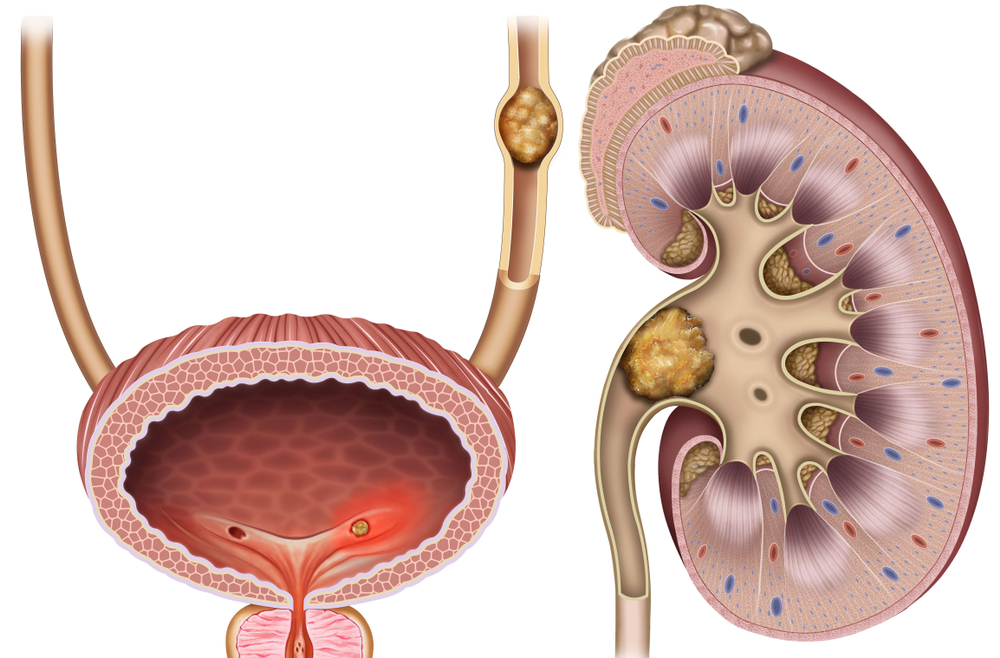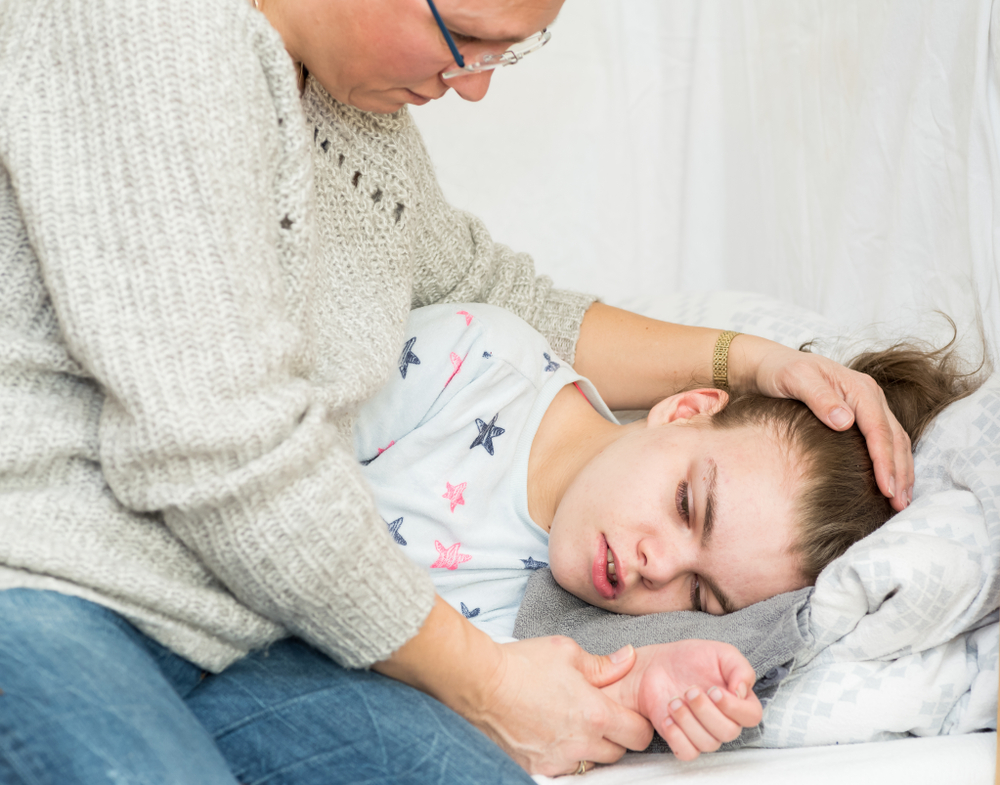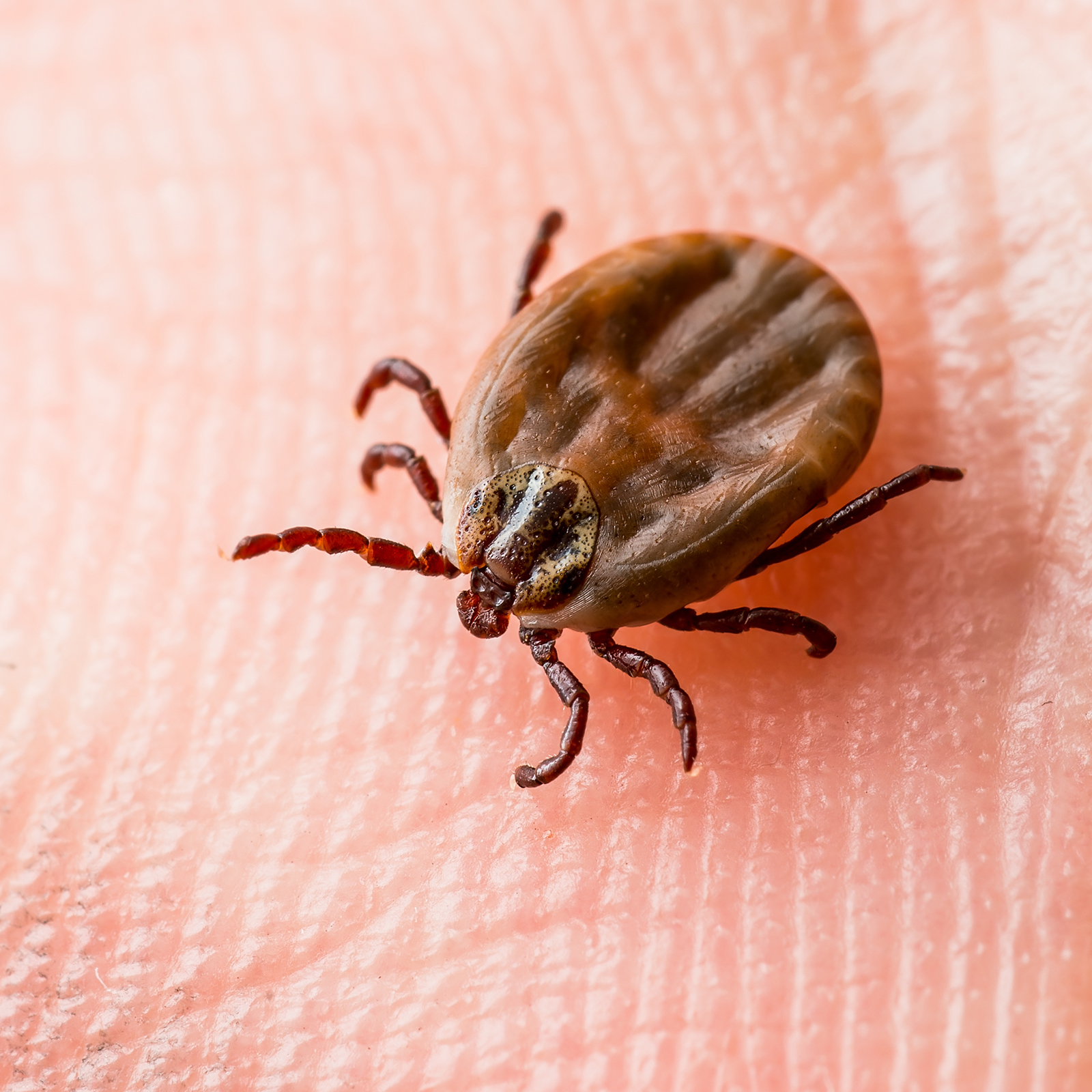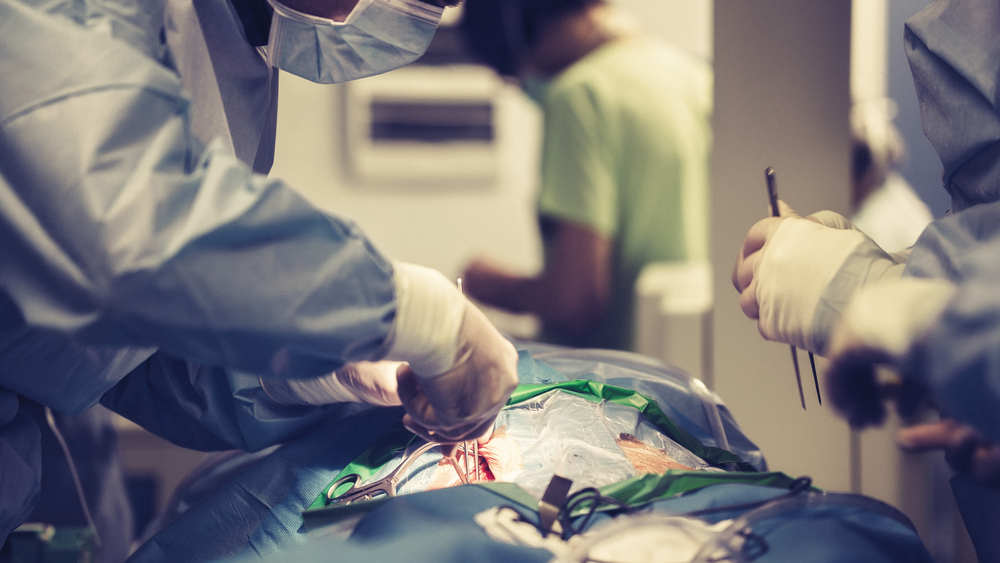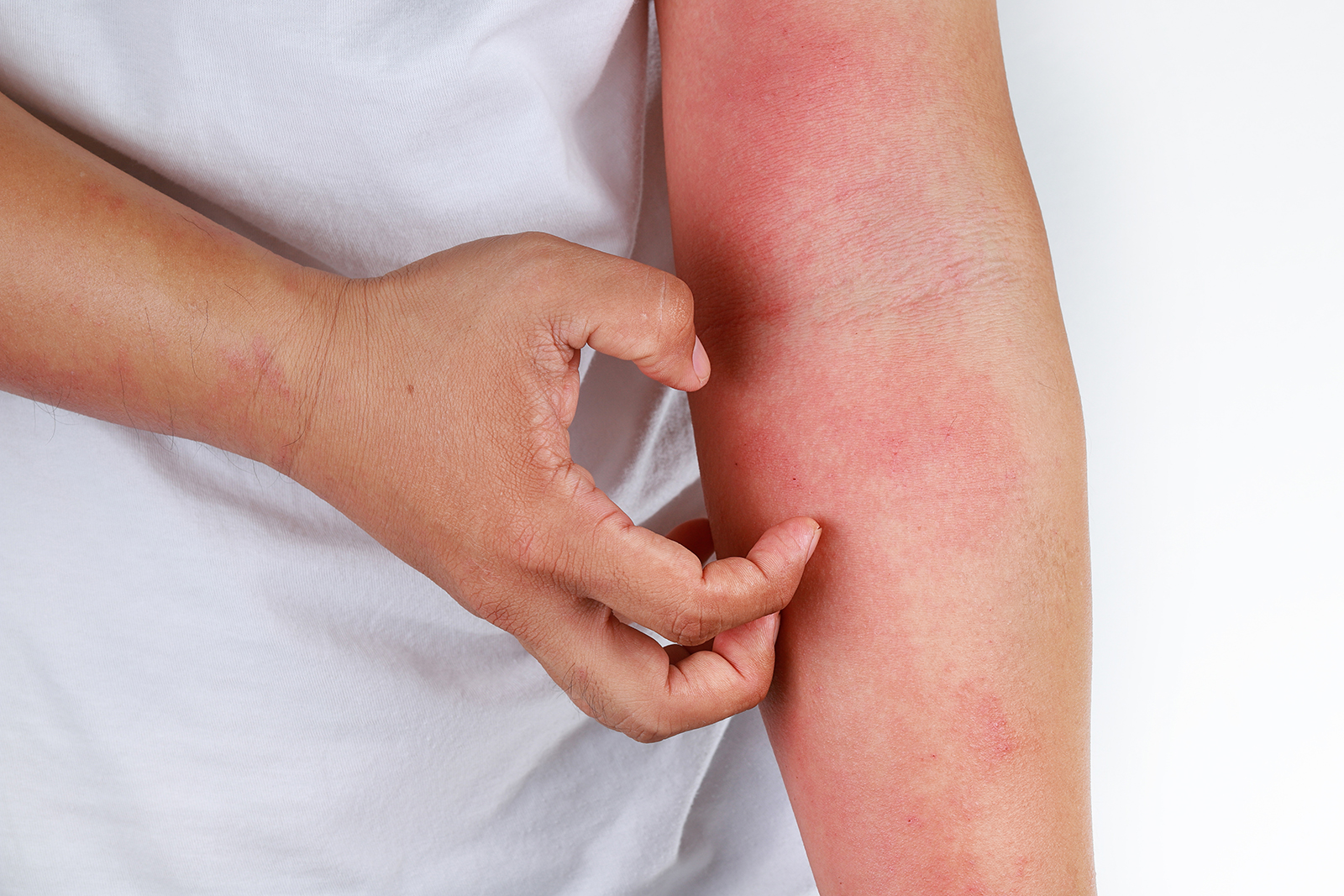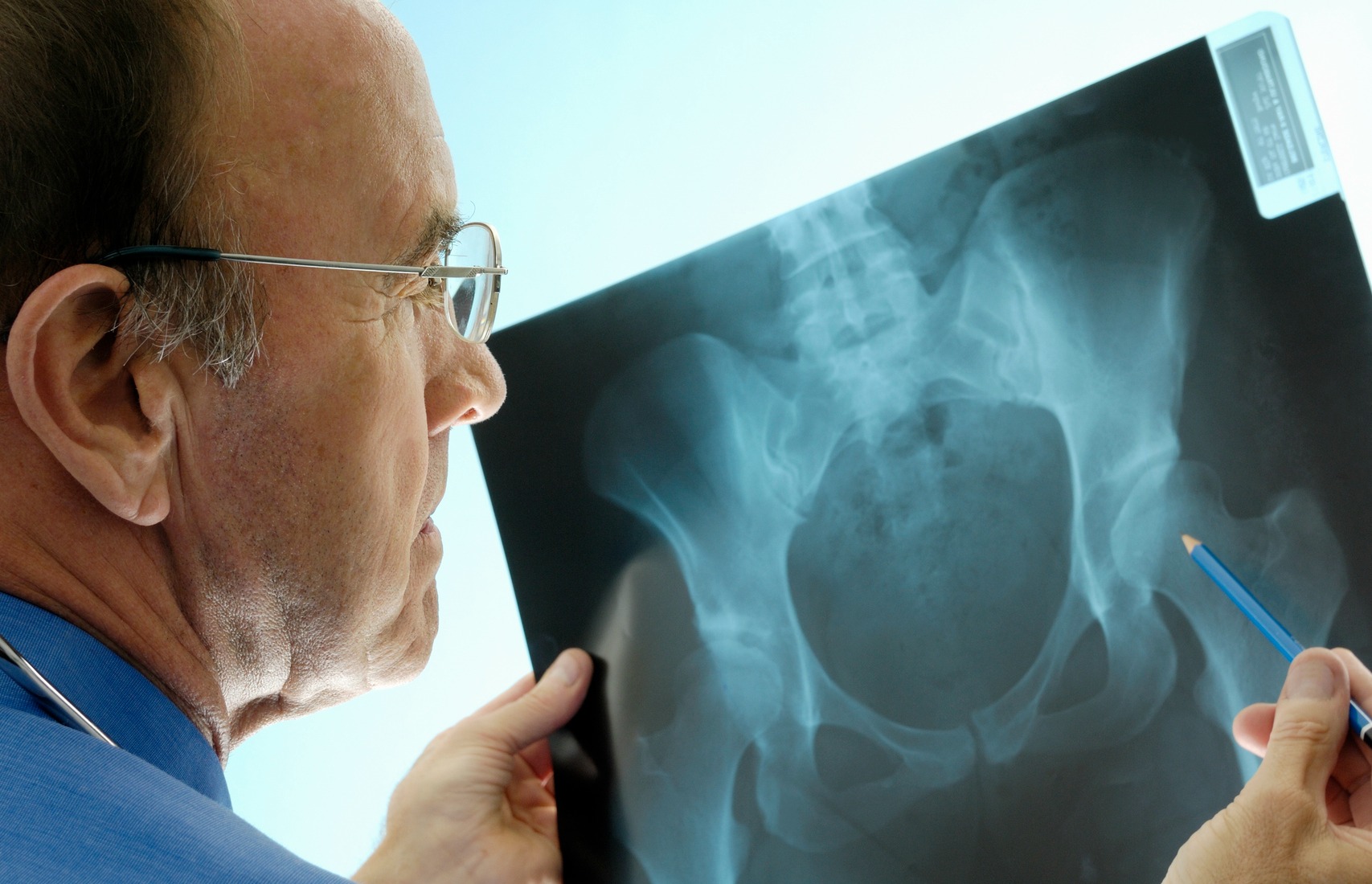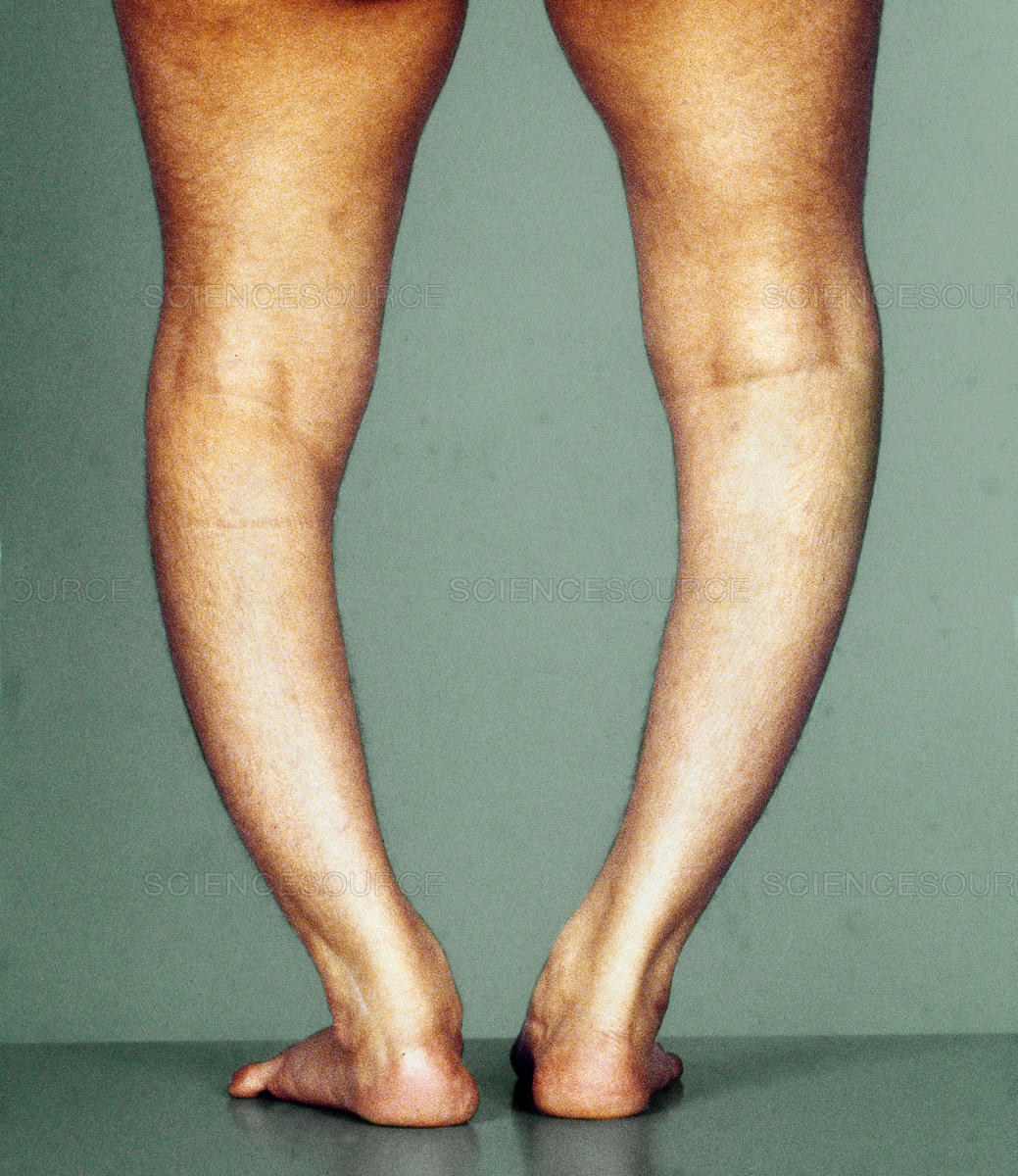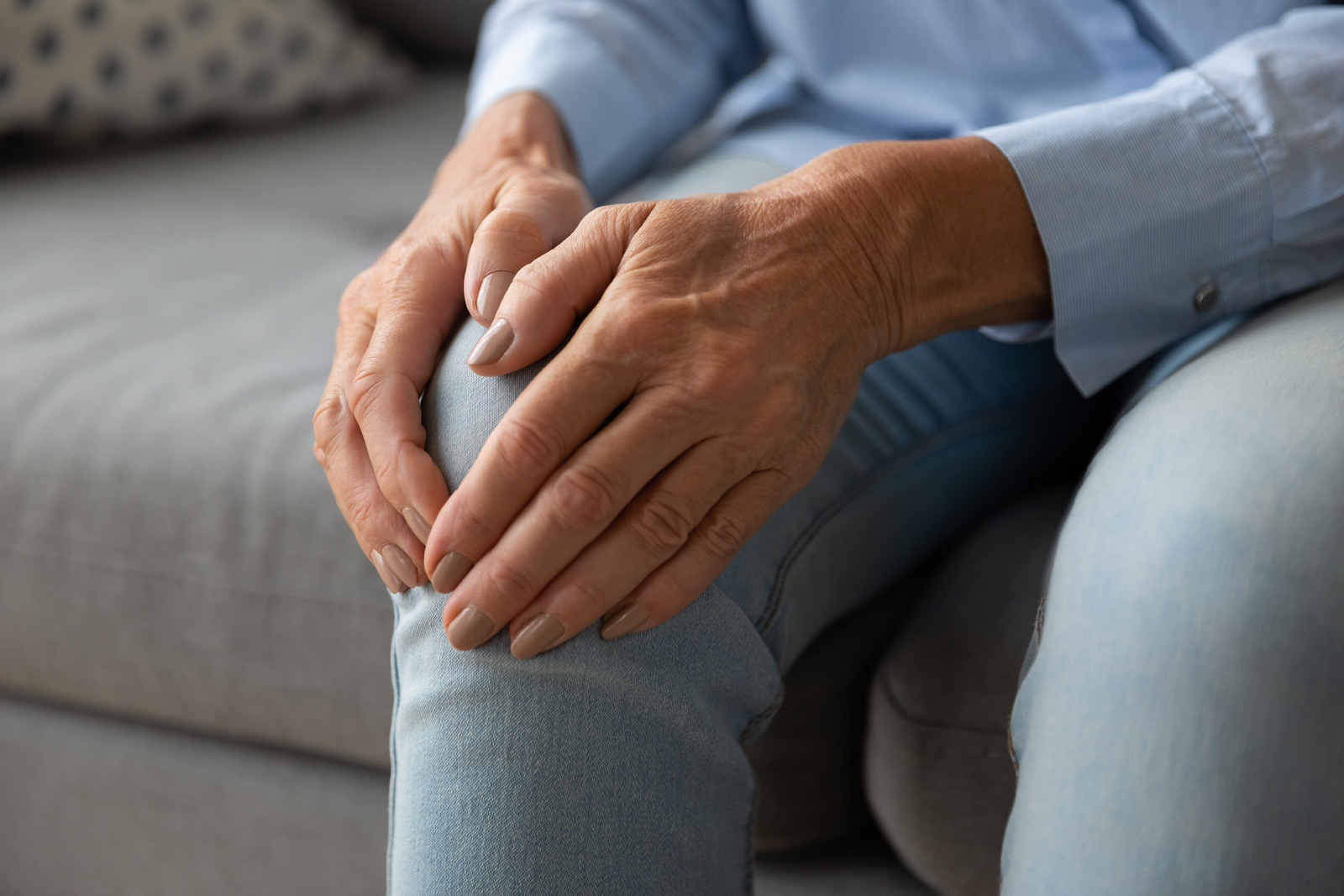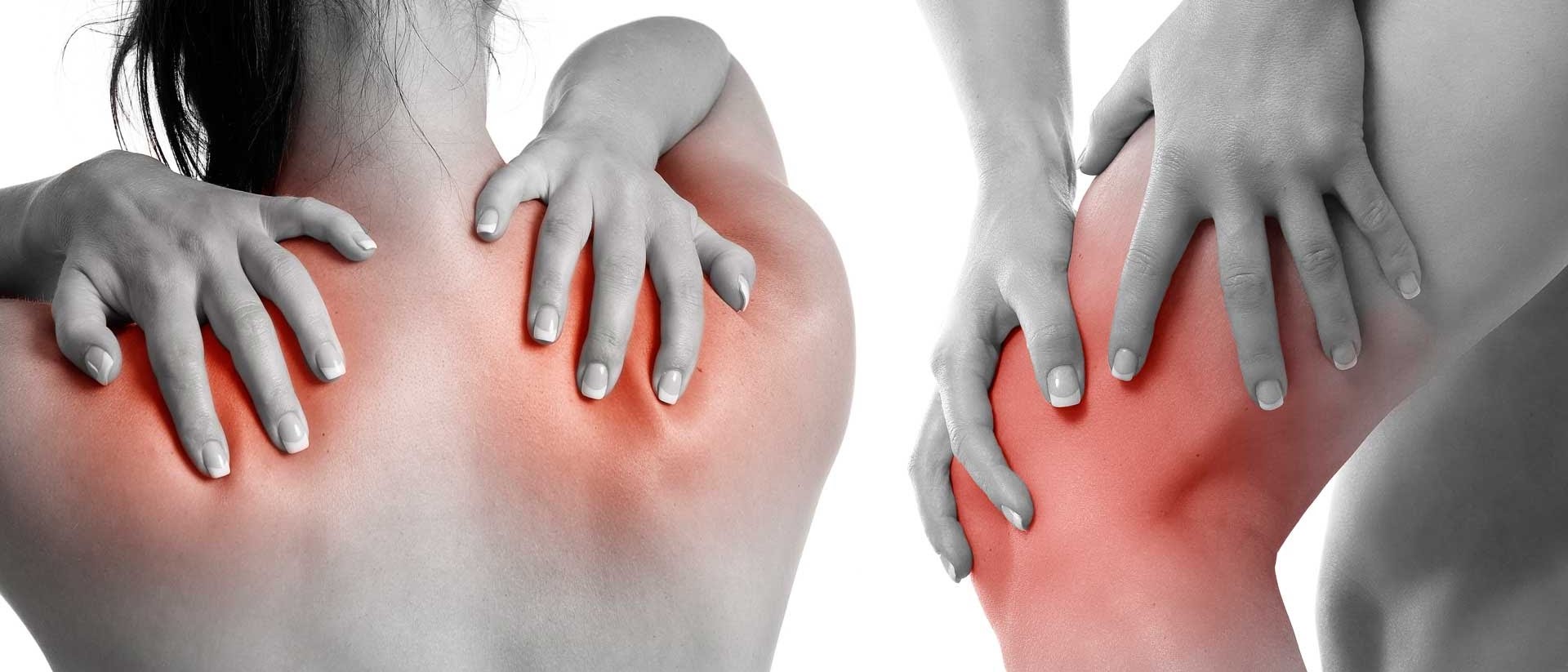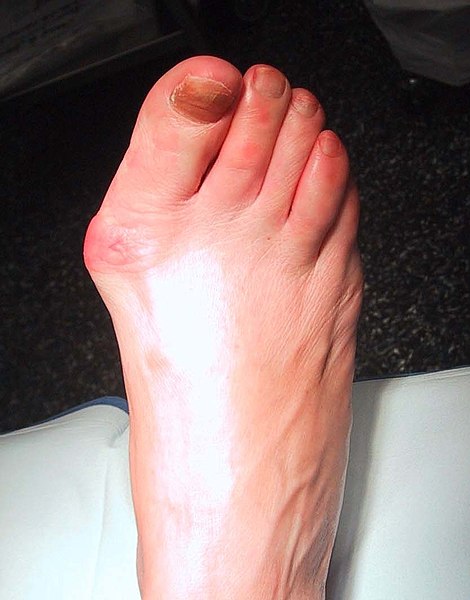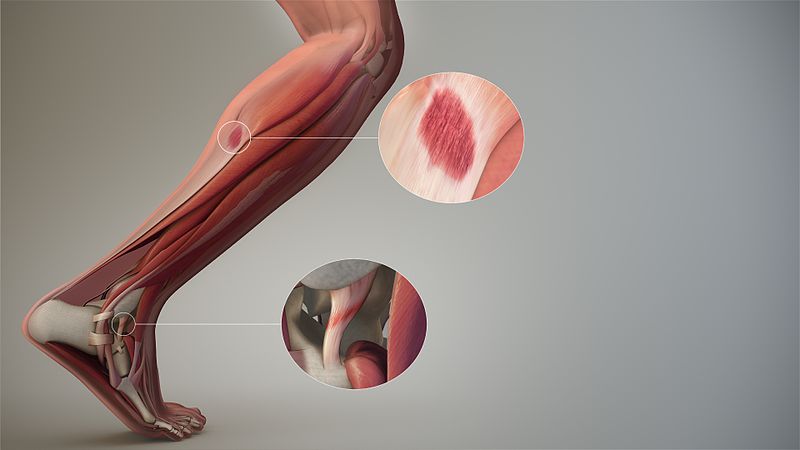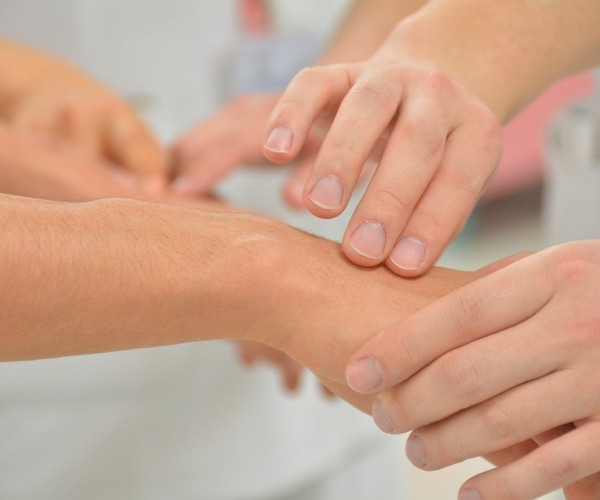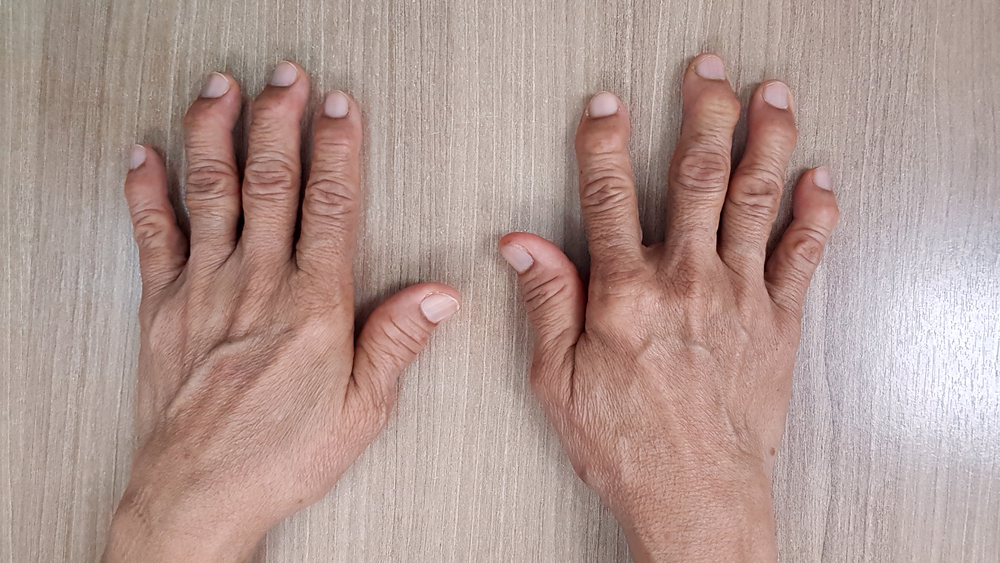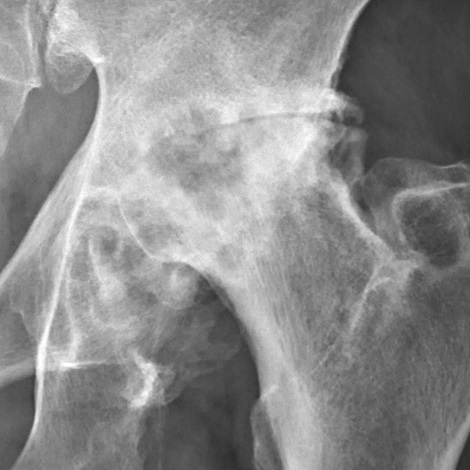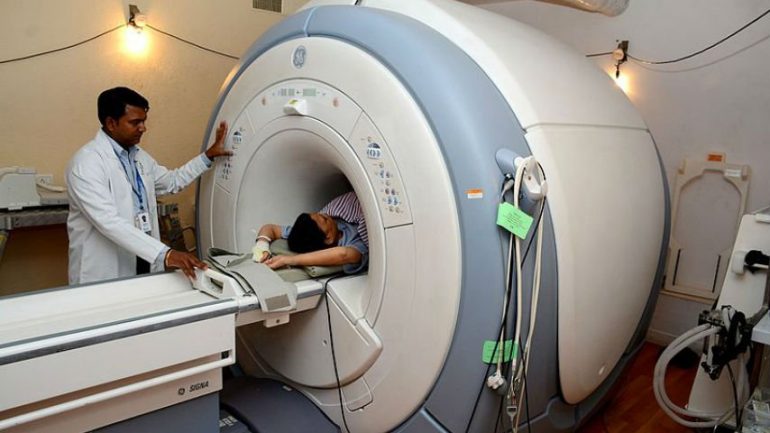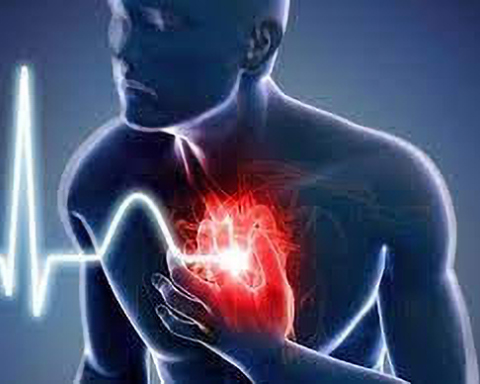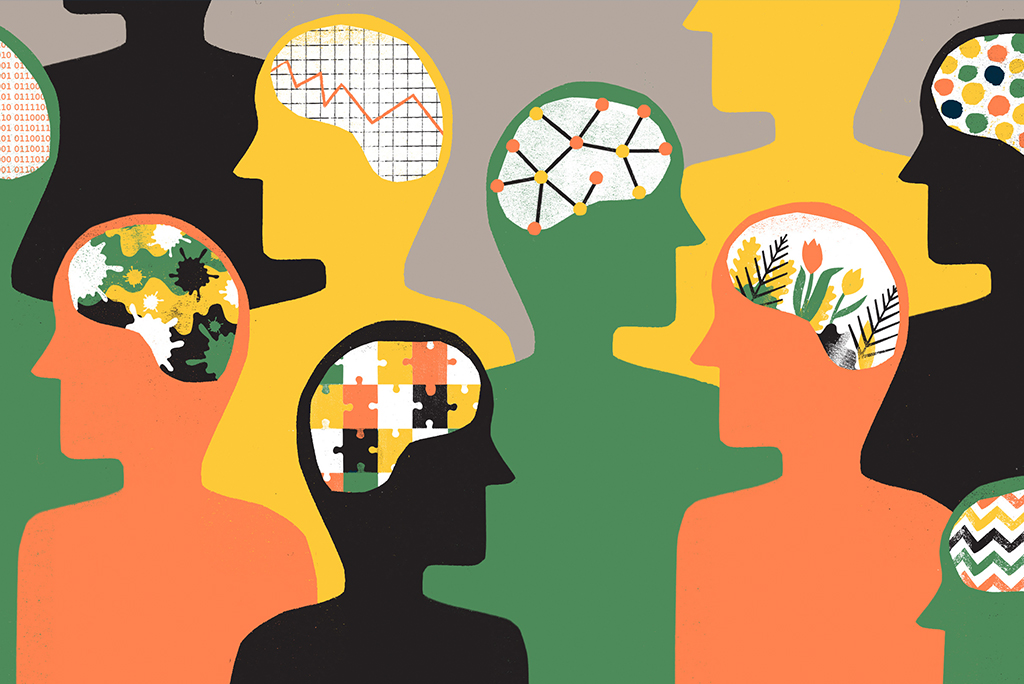X-ray is the only way to know if a bone is fractured. If there is any doubt, it is necessary to treat the patient as if he or she had a fractured bone.
- Treat the patient gently, removing clothing covering the affected part.
- Examine the affected area and try to see if the bone is deformed. Ask the patient what the pain is and how the injury was caused.
- Control circulation and innervation using CSM, i.e., circulation, sensation and movement. To check circulation appreciate the radial wrist for upper limbs or the posterior ankle wrist for lower limbs. Check for sensitivity by touching the patient with your fingers and asking them to report when they feel the touch. The ability to move, on the other hand, allows the presence of nerve injury to be checked.
- Immobilize the injured party. Most fractures are minor and therefore do not need to be reduced. In case it has to be reduced try to do it without CSM. If the pulse does not return to normal, take the patient to the hospital immediately. No attempt should be made to reduce fractures involving the spine, shoulder, elbow, wrist, or knee. Various materials such as cardboard, wooden splints and the patient’s own body can be used to immobilize the injured part by tying the fractured part with a healthy part. In case of a joint injury, immobilize the bone segments distal and proximal to the joint.
Source: Mediserve‘s Pocket Guide to First Aid.





